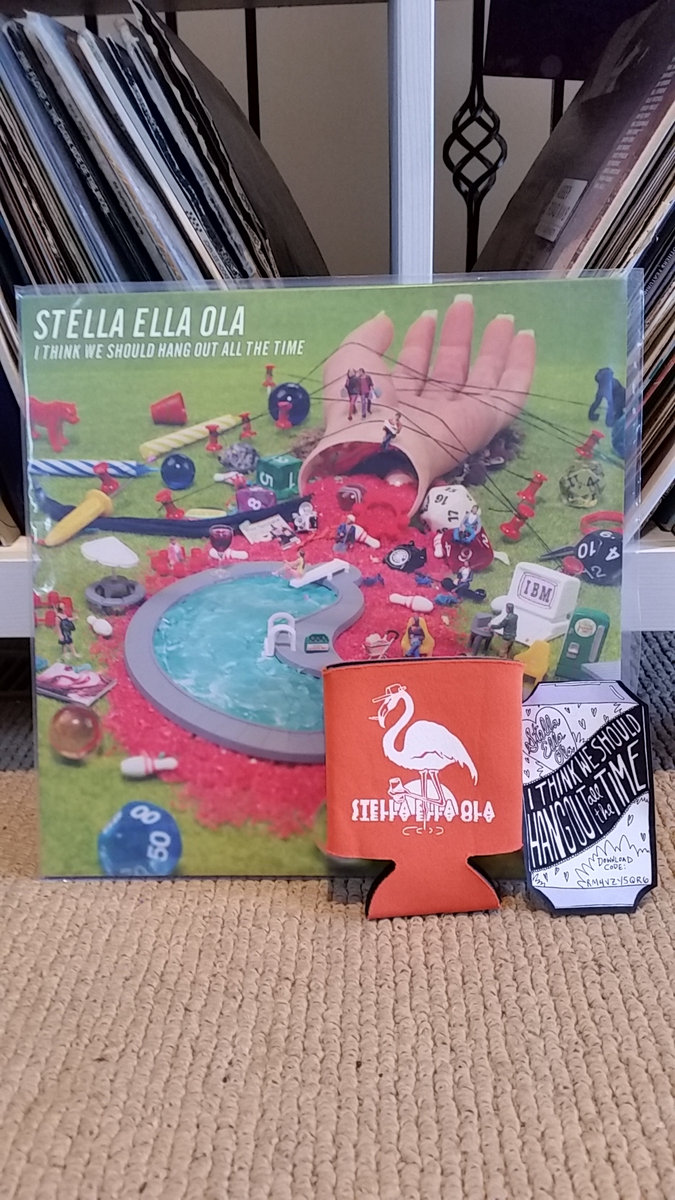

You might repeat the brainstorming process for other prompts that Stella suggests. If you have mixed reactions, allow individuals to write on the topic they choose while you work with the rest of the group to compose together. Maybe you’ll find something you’d all like to write about (you could use shared writing to compose, as you see demonstrated in Stella and Class: Information Experts), or maybe several students will be excited to write about some of the topics on their own. Start by modeling some brainstorming, like Stella does on page 9, perhaps using just one of the prompts: “What bugs me or what would I change about school?”īegin a list by thinking aloud and writing, or, if you’re keeping a Running Topics List, record your idea there.

Stella has some universal ideas that may lead students to develop highly relevant opinion topics (page 5). Once students are using words like these in their speaking, they’ll use them in their writing. ” I list grade-appropriate examples on a chart. For example, we often begin with, “In my opinion …” “My belief is …” “From my perspective …” We also use mature language when responding to one another: “I disagree because …” “I have a different point of view. Then I encourage students to follow my model. I model using mature language when discussing my opinions. (Point out how Stella creates her opinion statement on page 11 and develops reasons on pages 14–17.) These examples help us come to the conclusion that in order to write effective opinions we must specifically NAME the topic or text we have an opinion about and give REASONS for our opinions. The students laugh and ask, “What book? Why do you like it?” I’ll walk up to a student and say, “I really like the book I’m reading,” then walk away. One of my favorite ways to teach what makes a good opinion is to model non-examples. Teach the elements of effective opinions in oral language first. Don’t forget: This is true for all students-young and old. If you get students talking about their opinions first, they’ll have an easier time writing them down. Oral language forms the basis for written language. Ask questions and encourage peers to thoughtfully listen and engage with the speaker. Show real interest in what students are saying. Ask, for example, “What was your opinion about how writing workshop went today? The lunch menu? The book we just read? How Luke handled that difficult situation?” and so on. Notice things in your day that may elicit students’ opinions. Point out that we all have opinions on all kinds of topics all the time. It’s also natural to share opinions with wider audiences, thus making the writing more authentic. (Ha! Look! It’s my opinion!) As Stella says, “Everybody has opinions-everybody!” We all form opinions or judgments all the time, so it’s natural for students simply to begin by discussing their opinions and then move to writing them down. I think of the three main genres-narrative, informative, and opinion-opinion is the easiest. How will she ever choose which one to write about? Merkley tells the class they get to write an opinion.

In Stella Writes an Opinion, Stella gets all excited when Ms.


 0 kommentar(er)
0 kommentar(er)
